Southeast Wilderness Survival
aaaaa
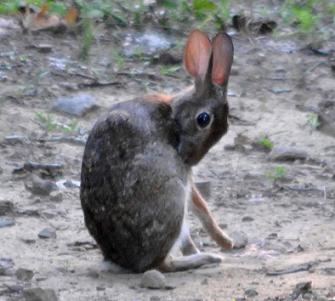
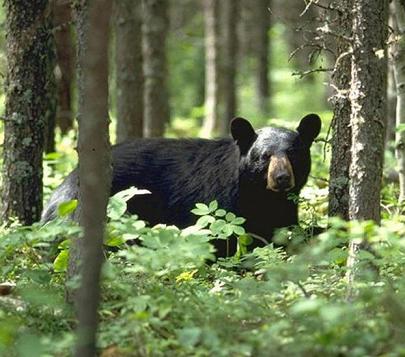
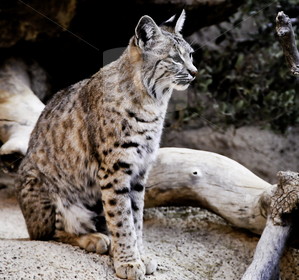

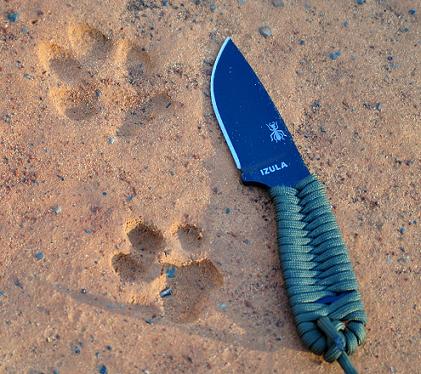
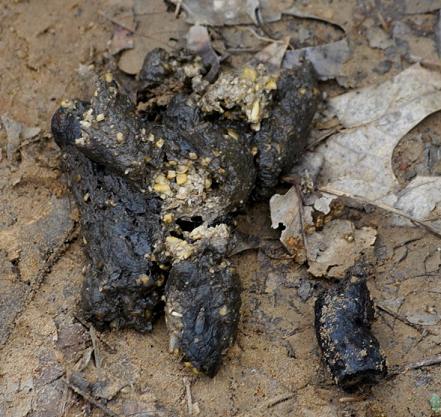
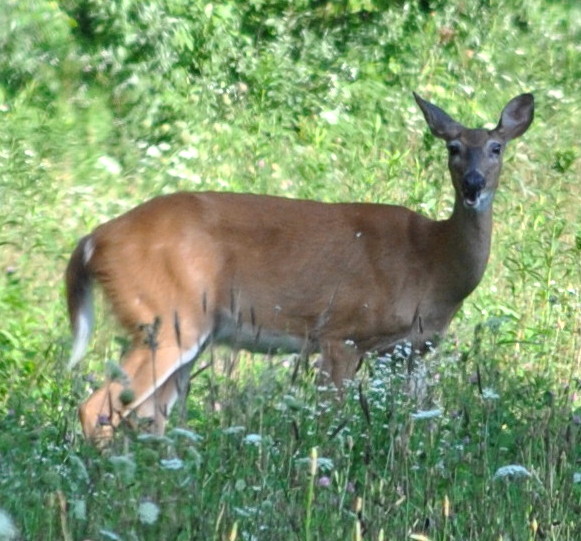
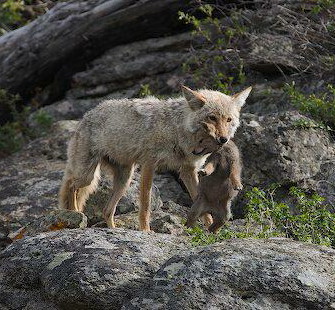
The bobcat coat varies, though generally tan to grayish brown, with black streaks on the body and dark bars on the forelegs and tail. Its spotted patterning works as camouflage making them hard to spot. Their ears are black-tipped and pointed, with short black tufts on the tips. There is generally an off-white color on the lips, chin, and under parts. Bobcats in the desert regions of the southwest have lighter colored coats, while those in the northern, forested regions are darker. Kittens are born well-furred and already have their spots. A few melanistic bobcats have been sighted and captured in Florida. They appear black, but may still exhibit a spot pattern.
The adult male bobcat is 28 to 40 inches (71 to 100 cm) long, averaging 35 inches (89 cm); with a stubby 4 to 7 inches (10 to 18 cm) tail, which has a "bobbed" appearance and is where the name Bobcat comes from. Adults stand about 20 to 24 inches (51 to 61 cm) at the shoulders. They are larger in their northern range and in open habitats.
Bobcat
Bobcat tracks are easy to distinguish from the tracks of other animals.
Bobcats, like all other cats, are carnivores by nature. However, also like other cats, they will eat grains and grasses at time of need